IPM Museum
dermestidae larvae
Monitoring
S-TRAP for monitoring silverfish, firebrats and Dermestidae larvae. Efficient against insects like silverfish, firebrats, museum beetles (larvae), brown carpet beetle (larvae), psocoptera.
Reliable information concerning the presence of silverfish is a prerequisite for applying appropriate preventive measures. The absence of effective methods of silverfish monitoring is a problem widely encountered in archives and libraries. The traditional glue traps used out of necessity, so to speak, fail to provide reliable information as to the actual activity of these pests. As a result, silverfish can cause irreparable damage to collections of books and documents, of which librarians can be completely unaware.
For many years now manufacturers have claimed effectiveness of their universal traps 'specially' adapted to capturing a wide range of crawling insects. However, reality has proven to be much more complex and so selective traps, able to attract specific species, are becoming more and more desirable. Nevertheless, there still remains one fundamental problem, which is the innate cautious behaviour of the insects. One should bear in mind that some insect species have survived for millions of years thanks in no small part to their well-developed ability to foresee and avoid potential threats.
Some pest species, having analysed a potential threat, decide not to enter a conventional glue trap. In light of the above, and based on our own observations, we have developed a trap that effectively attracts pests, and whose structure simulates the insect's natural habitat, thus encouraging it to enter.
Such structure of the trap allows adequate early detection of even the smallest infestation of insects in the facility.
The current form of S-TRAP has undergone extensive and fully successful testing in the University of Wrocław Library, SLUB Library in Dresden and many other European museums and archives.
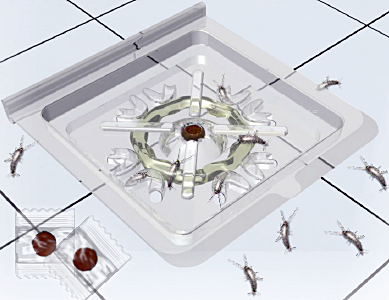
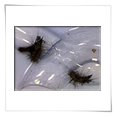
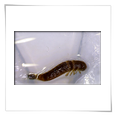
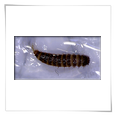

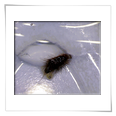
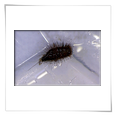
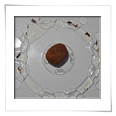
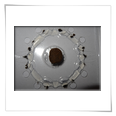
The most prominent features of the S-TRAP:
- an applied structural solution (patented) which assures complete silverfish monitoring
- unique formula of food attractant
- transparent material which allows observation of trapped insects
- an enclosed structure which protects the interior of the trap from environmental contamination (clean interior makes pest identification easier),
- an enclosed structure prevents accidental contact, e.g. of valuable items, with the glue
- a robust, damage-resistant structure.